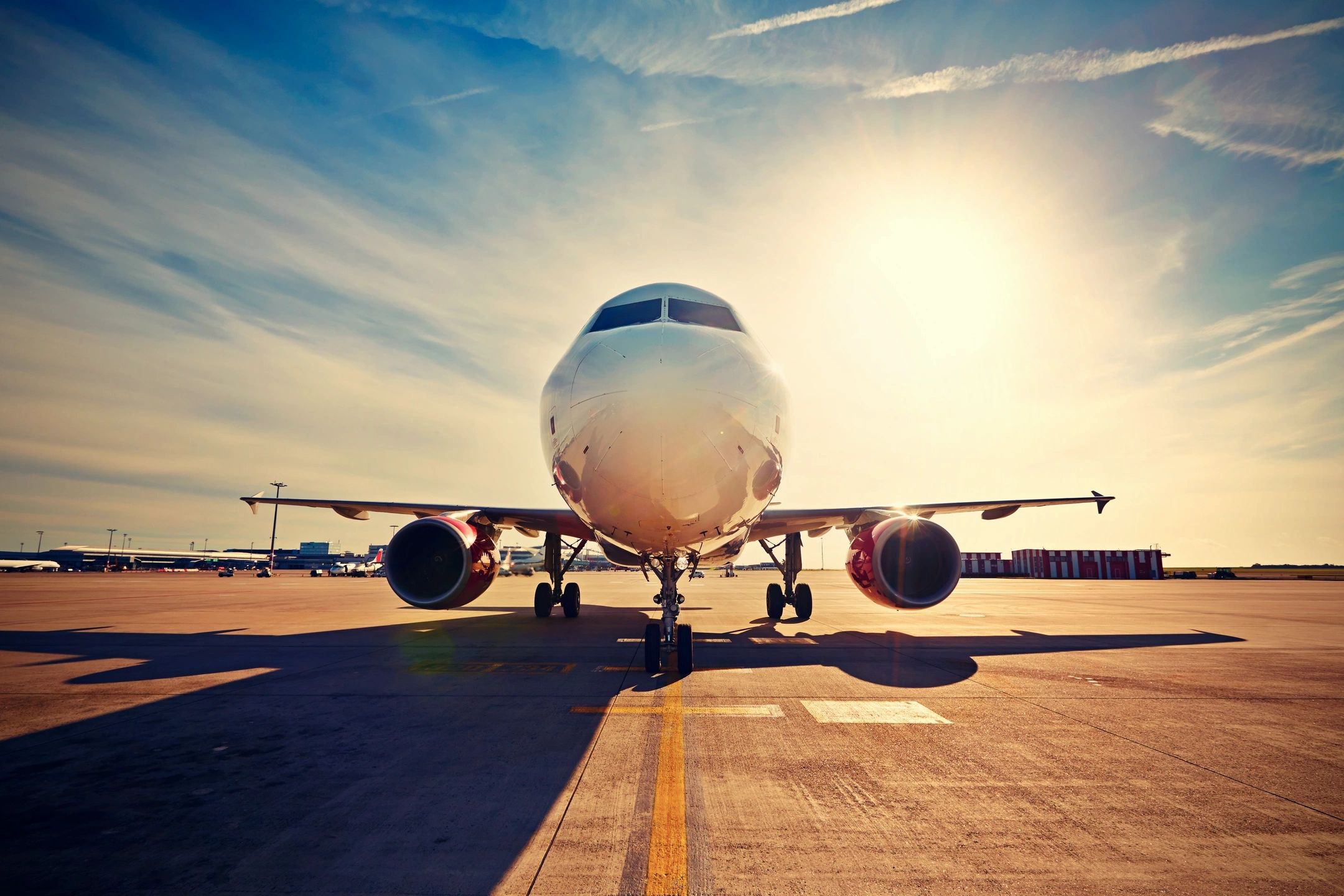Navigating the Skies with Precision: Zulu Time in Aviation
In the world of aviation, precision and coordination are paramount. That's where Zulu Time, also known as GMT (Greenwich Mean Time), takes centre stage.Zulu Time is the universal standard for timekeeping in aviation, ensuring seamless communication and synchronization across the globe. It's the reference point that helps pilots, air traffic controllers, and aviation enthusiasts worldwide synchronize their activities, no matter where they are.Whether you're in New York, Tokyo, or Johannesburg, Zulu Time keeps us all on the same page.From flight planning and weather forecasting to ensuring safe take-offs and landings, Zulu Time is our trusty companion in the skies. Let's take a moment to appreciate the precision and global connectivity it brings to aviation.Today, Zulu Time plays a crucial role in flight planning, air traffic control, and international travel. Stay tuned for more insights into the fascinating world of aviation!hashtag#AviationExcellence hashtag#ZuluTime hashtag#GMT hashtag#PrecisioninFlight hashtag#flightbuddy










